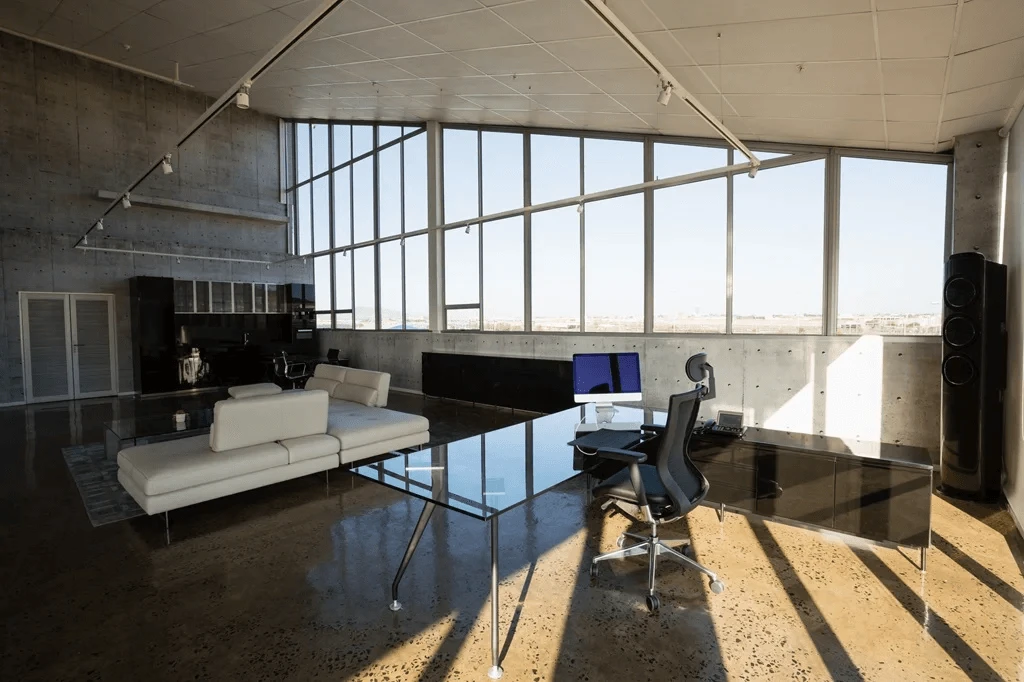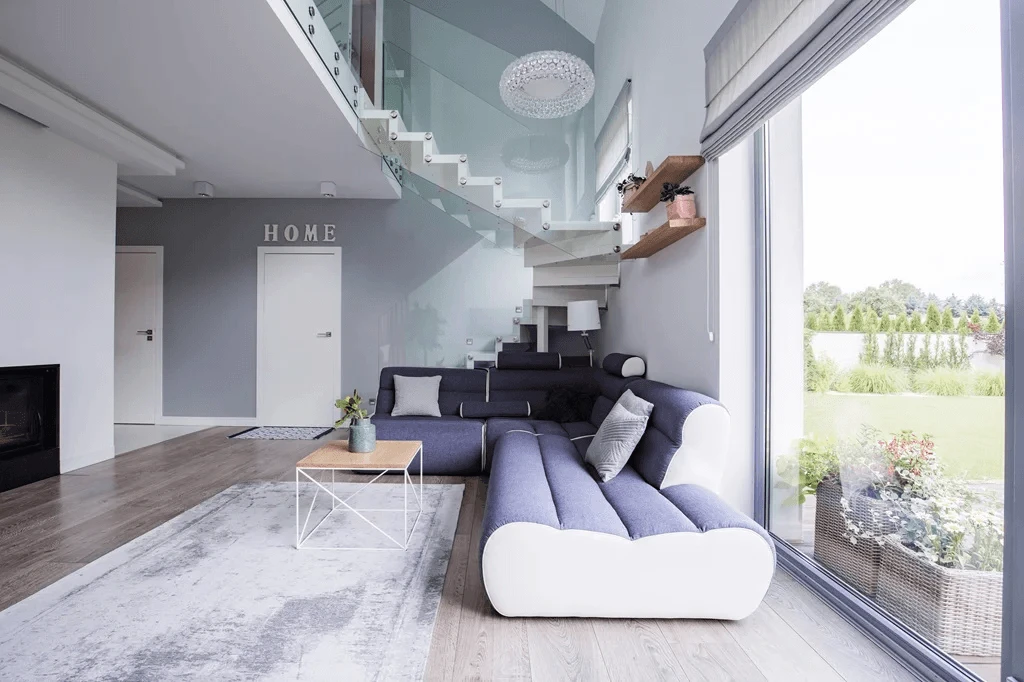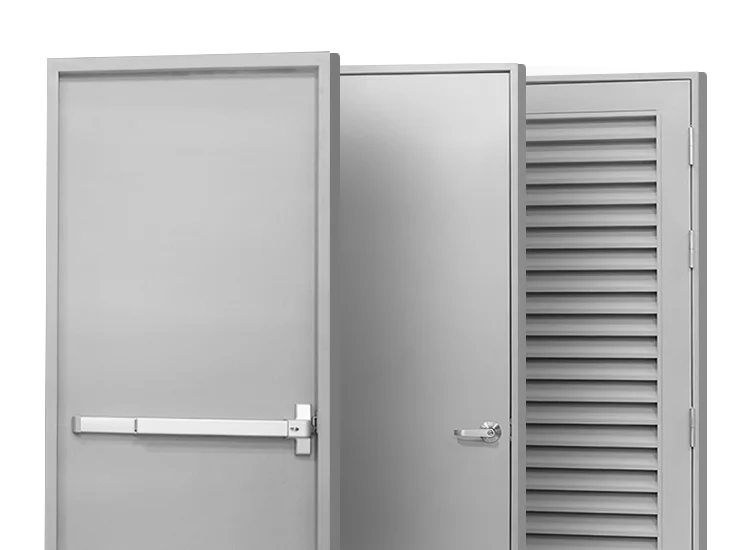Aesthetics in architecture refers to the visual appeal and beauty of buildings and structures. It has a significant role in the design and perception of architectural works, influencing not only how they look but also how they are experienced by people.
In this blog, we will explore the significance of aesthetics in architecture, along with the different elements that contribute to creating visually stunning and functional architectural spaces. Read on!
The Importance of Aesthetics in Architecture
Aesthetics in architecture does far more than make structures visually appealing. They have a significant impact on how a space runs and impacts those who live or work there. Aside from these factors, aesthetics is important in architecture for a few more reasons:
It shapes a building’s first impression.
The aesthetics of a building play a crucial role in shaping its first impression. An appealing design can attract interest and admiration, setting a positive tone for the overall experience.
Aesthetics can enhance the usability of a space.
Aesthetic considerations extend beyond visual appeal; they can also enhance the functionality and usability of a space. Thoughtful design can create more pleasant and efficient environments for occupants.
It influences mental health.
Well-designed environments that consider beauty and comfort can contribute to reduced stress and increased well-being by positively impacting mental health.
It reflects the cultural and social identity of a place.
The aesthetics of architectural spaces also reflect and shape the cultural and social identity of a place. The design and visual elements of buildings influence how a community’s heritage and values are represented, reinforcing the local character and fostering a sense of identity.
Key Elements of Aesthetics in Architecture
As stated above, aesthetics is essential for boosting the visual appeal of any building. Meaning, if you’re going to make a residential or industrial project, you’ll need to understand the important elements of aesthetics in architecture in order to create visually appealing and cohesive designs
And to make it clearer for you, here’s a full explanation of each to help you grasp these important components:
Form and Shape
Form and shape are fundamental elements of aesthetics in architecture since they define the structure’s overall appearance and identity. Architects usually use this to create visual appeal, highlight functionality, and convey style. The combination of these simple shapes and forms can improve a building to be unique and memorable.
Color
Another powerful element of aesthetics in architecture is color. The choice of colors may highlight architectural features, create ambiance, and convey cultural or contextual significance. Moreover, strategic use of this component can affect the size and temperature of a space, enhancing its aesthetic and functional qualities.
Texture
Apart from colors, texture is also important for aesthetics, as it adds depth, interest, and character to a building. Additionally, it heightens the sensory experience of any structure. For instance, smooth textures such as polished marble or glass convey a modern look. On the other hand, rough textures like brick or stone create a rustic appearance.
Lighting
Natural or artificial lighting is another essential element of aesthetics in architecture. It usually helps in highlighting architectural features and sets the mood of any room. Proper use of this can transform a space’s visual impact, making it more inviting, dramatic, or serene while in line with current architectural trends.
Materials
The choice of materials also impacts a building’s appearance, durability, and environmental footprint, making them integral elements of aesthetics in architecture. Traditional materials like wood, stone, and brick offer timeless beauty, while modern ones like steel, glass, and concrete provide strength and versatility.
Style and Design Philosophy
Lastly, the architectural style and design philosophy are the soul of a building. They define its character and purpose, guiding its aesthetic direction and cohesion. Whether modern, classical, or a mix, this final element turns functionality into artistry.

Materials to Boost Your Space’s Aesthetic Appeal
Aside from understanding the elements of aesthetics in architecture, choosing the right materials plays a crucial role in defining your building’s aesthetic appeal. Here are top 6 materials that can elevate the look and feel of a room, making your project more successful.
1. Wood
Wood is a classic choice for adding warmth and sophistication to any building. With options like oak, walnut, maple, and cherry, you may choose the type that best fits your style.
2. Metal
Stainless steel, brass, copper, and aluminum are types of metal materials that can bring a contemporary edge. It gives sleek finish and modern appeal perfect for creating a minimalist look. Plus, steel’s durability ensures that it not only looks great but also stands up to the test of time.
3. Glass
Since proper lighting is considered key elements of aesthetics in architecture, glass materials are a good option. It can give light flow and creates a sense of openness. Plus, glass makes a room feel larger and airier, while providing a sophisticated touch.
4. Stone
Stone materials like marble, granite, slate, and limestone offer a luxurious and timeless aesthetic. Stone’s unique patterns and textures add character and elegance to any workspace, making it a popular choice for high-end interiors.
5. Ceramics
Ceramics, including porcelain, terracotta, and glazed varieties are great decorative materials for any space. Similarly to metal, ceramic materials provide durability and a touch of style to both functional and decorative purposes.
6. Concrete
Concrete is an excellent choice for enhancing the aesthetic of a space, especially if you’re aiming for a modern, industrial vibe. Its minimalist design and durable nature add a sleek, contemporary touch that enhances any room.
Essential Tips on Enhancing the Aesthetic Visual Appeal of Your Space
When working on industrial-related projects, many engineers and architects prioritize functionality. What they don’t realize is that the appearance and feel of a workspace both have a significant impact on the efficiency and morale of the employees who work there. That being said, it is useful to improve its visual appeal. If you’re not sure how to approach it, here are some recommendations for establishing a well-designed building that foster a more positive mood in the industrial field.
- Focus on simplicity. Simplifying design elements create a more cohesive and sophisticated look. Clean lines and uncluttered spaces help to reduce stress and enhance focus.
- Experiment with different lighting options. Lighting plays a key role in creating an engaging environment. Use a mix of natural ambient, and task light to emphasize architectural features and create dynamic visual effects.
- Incorporate natural elements. Adding plants, water features, or natural materials can enhance the connection between the built environment and nature. This design approach will improve air quality and increase overall well-being of workers.
- Prioritize functionality and comfort. Choose furniture and equipment that not only look good but also serve practical purposes. Comfortable seating, ergonomic workstations, and efficient storage solutions are crucial for a productive workspace.

Discover the Ideal Steel Door for Your Project’s Signature Look
Overall, understanding these key elements of aesthetics in architecture and integrating the tips above will help strike the perfect balance between functionality and visual appeal.
Looking for a door solution for your project that combines exceptional aesthetics with industrial-grade functionality? At Janus Steel, we provide a comprehensive range of steel doors engineered for diverse applications. Whether you’re looking for a sleek, contemporary design or a robust, classic finish, our doors are meticulously crafted to meet both your design aspirations and operational requirements.
Explore our catalog today and discover the ideal door that complements your aesthetic preferences and adds character to your building’s signature look!





